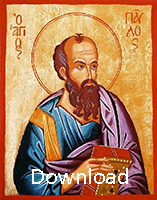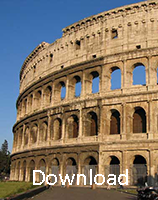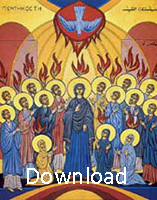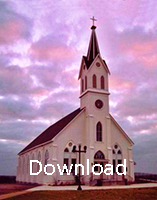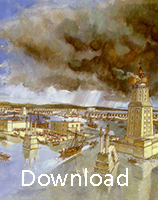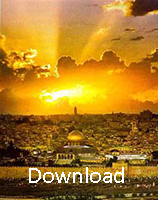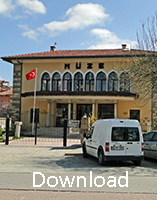Professional—Presentations
PDF files
“Paul’s Jerusalem Visit in Acts 19–23”
“Luke’s Perspective on Paul’s Jerusalem Visit in Acts 19–23” was a presentation in the Synoptic Gospels Sections of the 1999 Society of Biblical Literature annual meeting in Boston, Mass. Literary and narrative analysis shows that the common assumption that Paul’s last visit to Jerusalem was God’s will is wrong. Themes in the Stephen Speech and Pauline characterizations at the beginning of the Second Missionary Journey are used as narrative background to analyze six key passages on the issue of Paul’s last visit to Jerusalem and God’s will.
“Revisiting the Rhetoric of Romans 7”
“Revisiting the Rhetoric of Romans 7” was a presentation for the 2000 Southwest Regional Meeting of the Society of Biblical Literature in Dallas, Tex. I first show Paul’s authorial rhetoric in Romans as developed through ἔθος and πάθος. I next apply these results to Paul’s authorial rhetoric in Romans 7 drawing particularly upon Jewish lament rhetoric. Romans 7 is Jewish lament, and Paul’s “I” means “Israel.” I then interpret Romans 7 with “I” as “Israel” to illustrate the rhetorical synergy and profound significance this reading offers for Paul’s entire argument in Romans.
“Luke’s Perspective on Pentecost”
“Luke’s Perspective on Pentecost in Acts 1–12” was a presentation for the 2001 Southwest Regional Meeting of the Society of Biblical Literature in Dallas, Tex. Two of the three annual pilgrim feasts, Passover and Tabernacles, are well developed in the Gospels. Pentecost, however, is ignored—except by Luke. What is Luke’s interest? I first explore Pentecost’s historical matrix from which Luke derived his emphasis. I then lay out Luke’s narrative strategy for presenting Pentecost as the lead event from which all the following narrative plot line flows.
“Defining Church Health”
“Defining Church Health through Biblical Modeling: An Exploration of Rev. 2:1–7” was a response paper for the fall 2002 Ola Farmer Lenaz Lecture at the New Orleans Baptist Theological Seminary. I develop a biblical modeling process for understanding the issue of church health. I use as an example the church at Ephesus as revealed in the letter to this church in Rev. 2:1–7. I first perform a narrative analysis on the letter to Ephesus. I then provide a profile analysis of the negative and positive characteristics of the church at Ephesus with a concluding assessment.
“Antioch: A Case Study in Spiritual Vitality”
“Antioch: A Case Study in Spiritual Vitality” was a presentation for the spring 2005 Ola Farmer Lenaz Lecture Series at New Orleans Baptist Theological Seminary. I first set the matrix of the historical, social, and narrative settings that inform the study. I then analyze Luke’s use of rhetorical ethos to set in contrast the two cities of Jerusalem and Antioch in terms of spiritual vitality. Jerusalem is revealed as the negative paradigm. I analyze Luke’s characterization of Antioch as the paradigmatic community of spiritual vitality in Acts using both internal and external patterns.
“Divine Wrath and Lukan Redaction”
“Divine Wrath as Roman Historiography and Lukan Redaction” was a presentation for the 2005 Society of Biblical Literature annual meeting in Philadelphia, Penn. After introducing the language of divine wrath in its Greek and Latin roots, I then establish in the first part of the study the distinctive contribution of Roman historians in the use of the language of divine wrath as a literary device for interpreting individual and state destiny and cultic expiation in writing the history of Rome. In the second part, I show that Luke clearly follows this literary strategy.
“Museums of Western Turkey”
“Survey of Selected Museums of Western Turkey” was a presentation for the 2010 Society of Biblical Literature annual meeting in Atlanta, GA. A Lilly Research Grant, along with an Ola Farmer Lenaz Grant, facilitated travel to selected museums of Western Turkey to collect, organize, and report on data related to underused resources in museum holdings and artifacts for illustrating New Testament historical, cultural, and social backgrounds. Primary focus was on aspects of first-century Greco-Roman society and culture for Christian backgrounds.
Professional > Jean Ministry Publications Presentations Sermons
